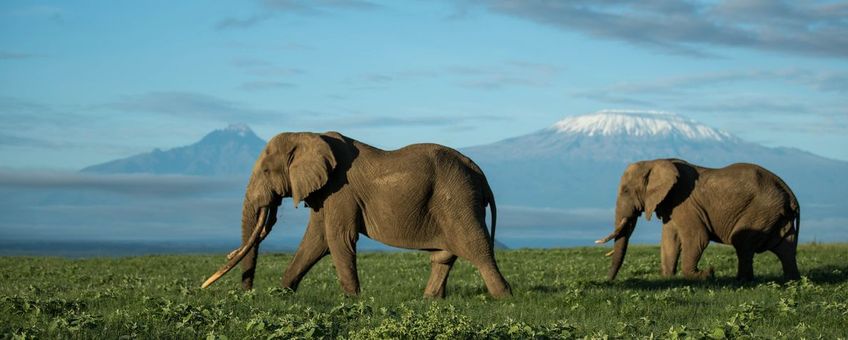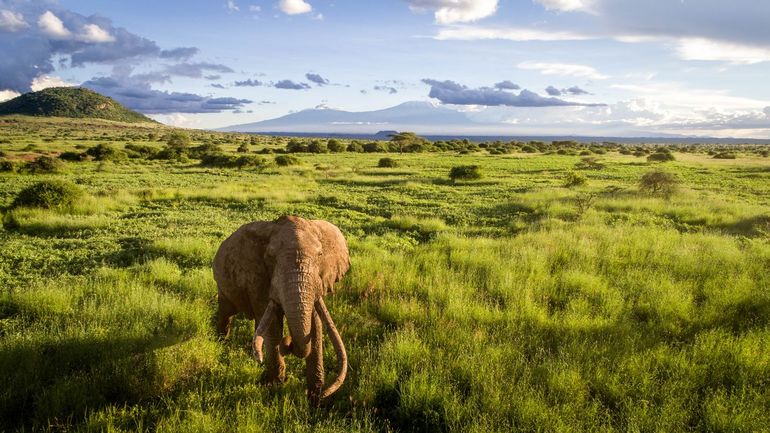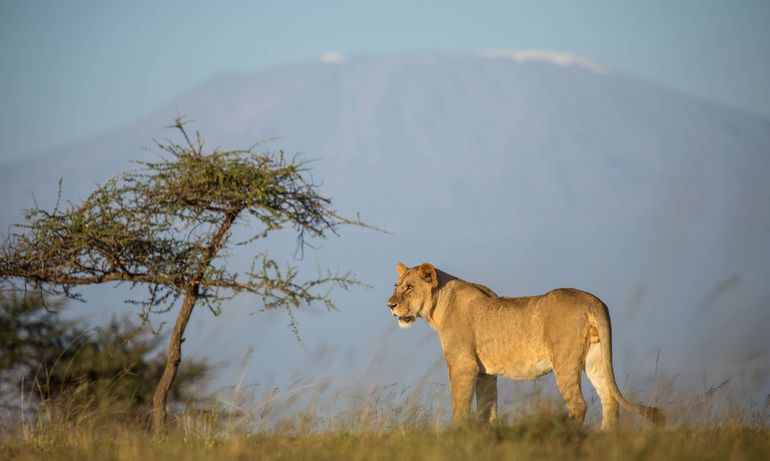
Scientists estimate the land area needed to save species
Institute for Biodiversity and Ecosystem Dynamics (IBED)The international research team used advanced geospatial algorithms to map the optimal areas for conserving terrestrial species and ecosystems across the world. They further used spatially explicit land-use scenarios to quantify how much of this land is at risk from human activities by 2030.

Home of 1.8 billion people
Lead author James R. Allan from the University of Amsterdam (UvA): “Our study is the current best estimate of how much land we must conserve to stop the biodiversity crisis. It is essentially a conservation plan for the planet, and we must act quickly now. Our models show that over 1.3 million square kilometres – an area larger than South Africa – is likely to be converted for human uses by 2030, which would be devastating for wildlife.”
The study found that 1.8 billion people live on the land identified. “Conservation actions need to promote the autonomy and self-determination of people who call the land their home”, said Allan. “We have many effective levers, ranging from empowering indigenous people, to policies that limit deforestation and to protected areas, depending on the local context.”
Safeguard biodiversity and ecosystem services
The work has important policy implications: nations are currently negotiating new conservation targets under the umbrella of the United Nations. This post-2020 global biodiversity framework of the Convention on Biological Diversity will come into effect later this year. This will set the conservation agenda for the next decade, and nations will have to report about their achievements in regard to the new 2030 targets.
“More than a decade ago, nations had aimed for conserving at least seventeen percent of terrestrial land through protected areas and other site-based approaches for improving the status of biodiversity and ecosystems”, explains co-author Dr W. Daniel Kissling, Associate Professor of Biodiversity at UvA. “However, by 2020 it was clear that this and the lack of achieving other targets was not enough for halting biodiversity declines and averting the biodiversity crisis.”

"Effectiveness just as important as size and intensity"
A headline target being now discussed for 2030 is that nations should conserve thirty percent of their land through protected areas and other site-based approaches. “Our study suggests that additional areas will require conservation through appropriate land-use policies. If nations are serious about safeguarding biodiversity and ecosystem services that underpin life on Earth, then they need to immediately scale-up their conservation efforts, not only in extent and intensity but also in effectiveness”, urges Kissling.
The authors said the study provides essential information for conservation and development planning, and can help guide future national and global conservation agendas. They also emphasized that all the identified land should not necessarily be designated as protected areas, but rather managed through a wide range of strategies for species and ecosystem conservation, including effective sustainable land-use policies.
More information
You can read the full article here.
Text: W. Daniel Kissling, IBED
Photos: Max Melesi on behalf of Koobi Carbon
